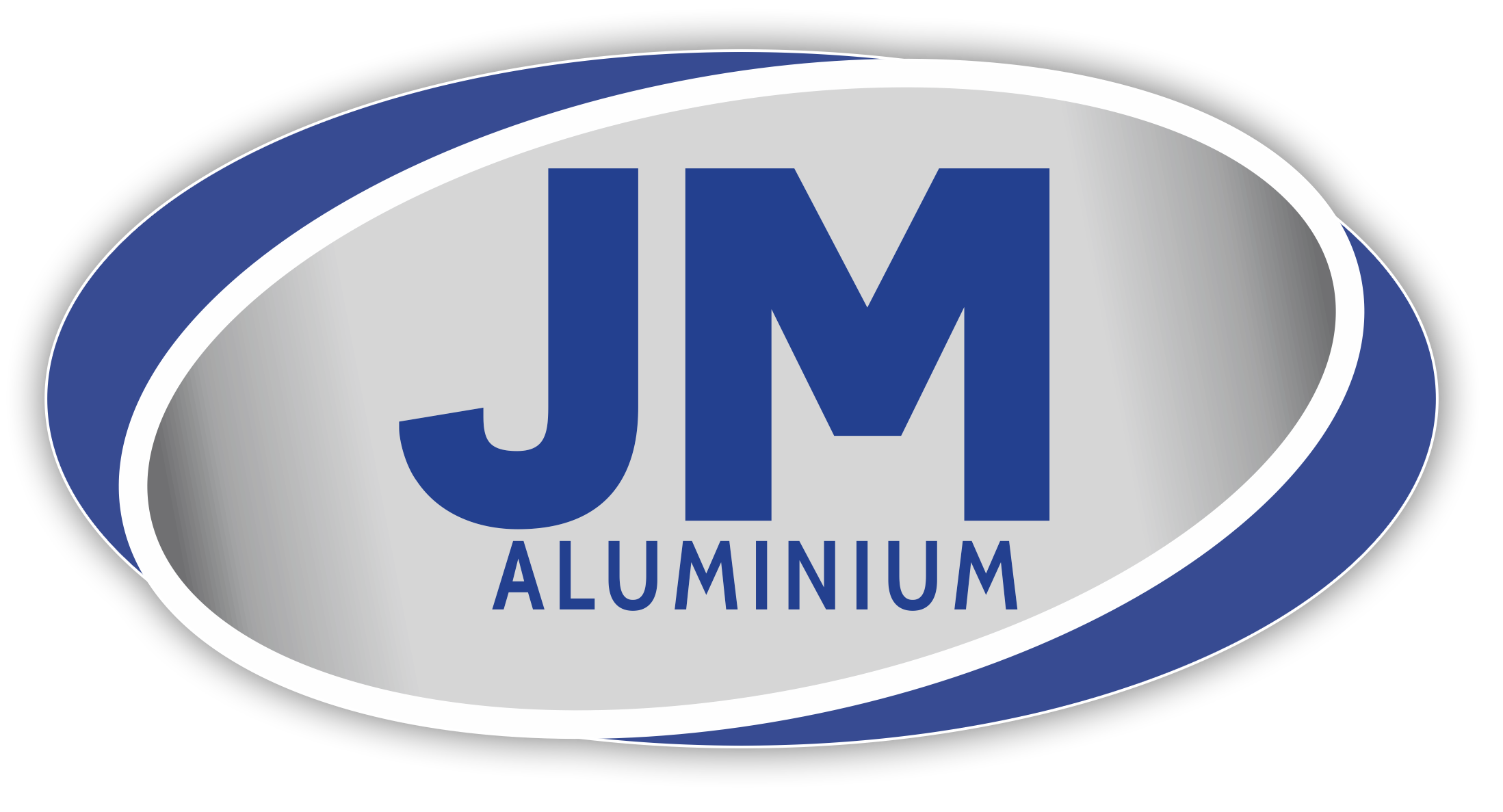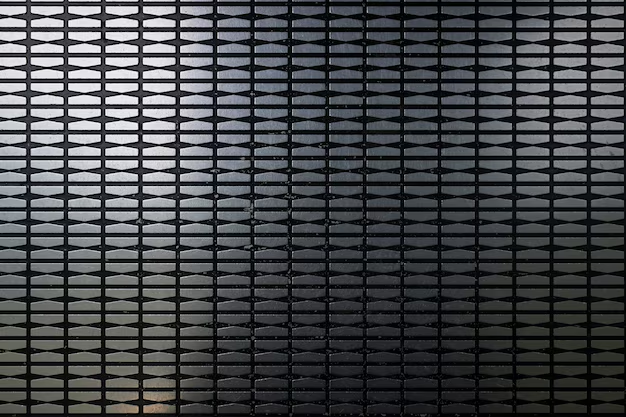The Ultimate Guide to Black Anodizing: Transforming Aluminium with Precision and Style
Black anodised aluminium provides popular benefits to users through its durable construction along with appealing visual appearance which enables widespread industrial use in consumer electronics and architectural designs. The informational document examines black anodising procedures and product applications together with the distinctive features manufacturers and designers value in this process. The final state of aluminium after electrochemical processes results in black anodised aluminium that perfectly balances aesthetic value with functional properties.
Understanding the Anodizing Process
The electrochemical anodising procedure develops strong anodic oxide finishes on aluminium surfaces which resist corrosion effectively. The process starts by cleaning aluminium before submerging it in sulfuric acid electrolytic solution. The electrical flow releases oxygen ions in the solution which create aluminium oxide by combining with the aluminium material. Black anodising requires an additional stage of dyeing black the oxide layer immediately after the aluminium surface turns to oxide through the anodising process.
Benefits of Black Anodizing
Various applications find the black anodising method advantageous because of its numerous performance-enhancing benefits. The finish from black anodisation becomes an essential component combined with the aluminium base instead of remaining as a superficial sheet. Black anodised aluminium combines with the material substrate into a single structure that delivers superior wear resistance beyond ordinary paint and powder coating alternatives. The black anodised finish keeps its attractiveness intact when placed in harsh environments, thus making it appropriate for both indoor and outdoor installations.
Aesthetic Properties and Colour Consistency
Black anodised aluminium stands out for its elegant visual appearance among other materials. Through anodisation, the material becomes black while the finish quality depends on treatment parameters which produce either matte or high gloss results. Reaching uniform colour throughout different batches and anodised aluminium sections depends on maintaining tight control of aluminium alloy composition and anodising time and current density and dye concentration levels. Technical controls of these factors demand skilled attention from professional anodisers for obtaining correct anodisation results.
Technical Specifications and Standards
The quality standards for black anodised finishes can be found in international specifications which combine AAMA 611 and ISO 7599. Such standards outline precise specifications about coating thickness together with seal quality and colour uniformity requirements. The required coating thickness reaches 20 microns in architecture yet indoor decorative products need 10 to 15 microns of coating. Engineers alongside architects need an understanding of these specifications when they specify black anodised finish requirements for their projects.
Applications in Architecture
The architecture uses black anodised aluminium as the modern design hallmark. Black anodised aluminium stands out in architecture because it merges excellent structural strength with pleasing design aesthetics that architects use for both wall systems along with window features. Anodised finishes demonstrate excellent durability attributes which make them perfect for exterior usage because they maintain their integrity in environments affected by UV radiation and rainfall alongside temperature changes. Multiple distinguished buildings throughout the world implement black anodised aluminium sections as exterior building components to illustrate the substance’s long-lasting capabilities.
Industrial and Consumer Applications
Black anodised aluminium serves multiple industries beyond architectural purposes because it regularly appears in electrical devices combined with automotive components and heavy industrial applications. The finish works well for electronics producers because it combines thermal dissipation with attractive aesthetic value. The automotive sector uses black anodised parts because they combine aesthetic value with protection against road salt and environmental elements while retaining their visual appeal. Black anodised components help aerospace institutions build their products because these components provide superior wear resistance along with lightweight characteristics.
Environmental Considerations
The anodising operation produces fewer environmental impacts than conventional metal surface finishing methods. The processing generates aluminium oxide and weak acidic substances that undergo proper treatment until reaching disposal safety limits. Modern anodising operations use process solution recycling systems within closed-loop mechanisms for reducing waste production. The recycling of anodised aluminium is feasible yet demands the removal of black dye before carrying out the process. Black anodised finishes have gained appeal in sustainable building projects because they demonstrate excellent environmental compatibility.
Maintenance and Care
The durability strength of black anodised aluminium survives better with suitable maintenance measures that simultaneously protect its visual presentation. Mild soap solutions together with water provide an appropriate solution to clean and maintain black anodised aluminium coatings. Users should never employ rough materials together with aggressive cleaning chemicals since they can harm the protective oxide coating. Architects should inspect black anodised aluminium sections periodically to clean them and prevent major problems from developing while they perform maintenance checks.
Design Considerations
Multiple elements need careful evaluation for successful implementation of black anodised aluminium in design work. An aluminium alloy selection determines both the anodised finishing quality and its durability. The final results from different alloy combinations perform at varying levels and skilled fabricating professionals ensure outstanding outcomes. The combination of sharp corners with deep recesses creates difficulties when trying to achieve consistent coating depth throughout black anodised aluminium products.
Future Trends
Black anodising technology experiences ongoing developments regarding dye formulations together with process controls improvements. Research to find green dyes together with green sealing solutions will create an even more sustainable anodising process. The implementation of automated process control systems together with advancements in production efficiency has made black anodised finishes available at more affordable prices for broader usage in different applications.
Quality Control and Testing
Quality control stands as a fundamental element to sustain reliability and ensure uniformity of black anodised finished products. Standardised testing follows three steps which measure coating thickness and check seals as well as perform spectrophotometer-based colour examinations. Laboratories apply the ASTM B117 salt spray test as their main method for corrosion resistance testing but wear resistance assessments occur via different abrasion tests. Manufacturing plants need to implement strict quality control systems which fulfill both industry guidelines and client requirements. Through consistent testing combined with documentation efforts process variations become apparent early and enable teams to make prompt corrective measures in order to sustain product quality.
Conclusion
Black anodisation stands as the top accomplishment of aluminium finishing since it unites astounding durability with an elegant appearance while delivering practical functionality. Industries requiring high-performance finishes have made black anodising processes essential for proper implementation and deep comprehension of the approach. Anodised aluminium sections remain important for contemporary manufacturing and design because they offer versatility together with reliability in consumer products and architectural uses as well as industrial components.




